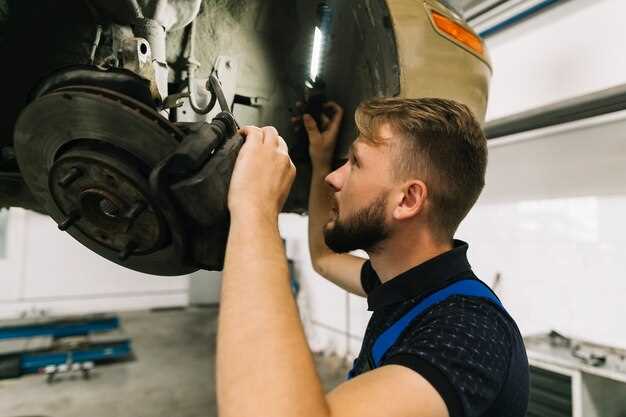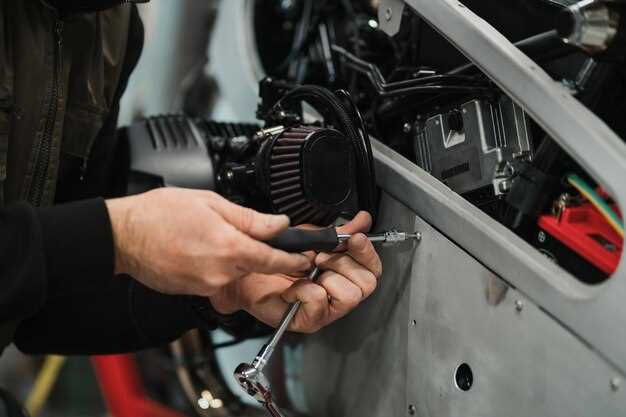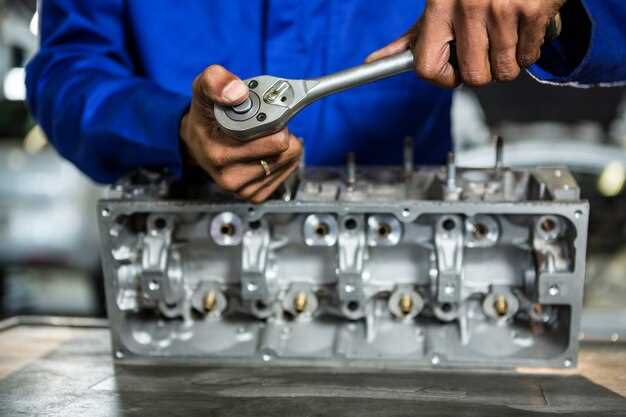
The performance of a racing vehicle heavily relies on the efficiency and reliability of its gearbox. As a critical component, the transmission plays a vital role in ensuring smooth gear shifts and optimal power delivery to the wheels. However, like any mechanical system, gearboxes are susceptible to wear and tear, especially under the intense pressures of racing conditions.
Recognizing the signs that indicate your racing transmission needs rebuilding is essential for maintaining peak performance. Ignoring these indicators can lead to more severe issues, compromising not only the gearbox but potentially the entire vehicle. A timely rebuild can enhance reliability, improve shifting speed, and ultimately give you a competitive edge on the track.
In this article, we’ll explore the key signs that suggest it may be time to invest in a rebuild for your racing gearbox. From unusual noises to slipping gears, understanding these warning signals will help you make informed decisions and ensure your vehicle remains race-ready.
Identifying Unusual Noises from Your Gearbox

Unusual noises from your gearbox can signal serious issues that may necessitate a rebuild. Listening carefully can help diagnose potential problems early. Pay attention to any sounds that deviate from the norm, as they often indicate underlying mechanical failures.
Grinding or Rubbing Noises: If you hear grinding or rubbing when shifting gears, it’s a clear indication that the gears may be worn or misaligned. This condition can lead to further damage if left unchecked.
Clanking or Clattering Sounds: A clanking noise can stem from loose components within the gearbox, such as gears or bearings. Such sounds typically indicate that parts are failing to operate cohesively.
Whining Noises: A persistent whining sound, especially during acceleration, could suggest low fluid levels or worn bearings. Over time, these issues can compound and severely affect the performance of your gearbox.
Buzzing or Humming: A buzzing or humming noise at certain speeds may point to imbalanced components or damaged shafts. Addressing these concerns early can prevent catastrophic failures down the road.
Knocking Sounds: Any knocking or thumping can indicate severe internal damage, such as a failing clutch or improper gear engagement. This type of noise demands immediate attention to avoid further complications.
Monitoring for these unusual noises is crucial for maintaining the integrity of your gearbox. If you identify any of these sounds, consider consulting a professional to evaluate the situation before it escalates and requires a full rebuild.
Monitoring Shifting Performance and Responsiveness
Keeping a close eye on your racing transmission’s shifting performance and responsiveness is crucial for determining when it may be time to rebuild. Any delays or harshness during gear changes can indicate underlying issues. An efficient transmission should deliver smooth and precise shifts, allowing the driver to maximize power and maintain control.
Listening for unusual noises during shifting is another vital aspect. Grinding, clunking, or slipping sounds often signal that components are wearing down and require immediate attention. If you notice that the transmission hesitates before engaging a gear, it’s a clear sign that something might be amiss and a rebuild may be necessary.
Furthermore, monitoring the transmission fluid condition is essential. Discolored or burnt fluid can affect shifting quality and may indicate excessive wear or overheating, both of which could lead to costly repairs if not addressed promptly. Regular fluid changes and checks can help you identify when a rebuild is imminent.
Finally, keeping track of lap times and overall vehicle performance can also provide insights into shifting efficiency. If performance metrics start to decline, it may be time to consider a rebuild to restore optimal function and reliability in racing conditions.
Understanding Fluid Leaks and Contamination Issues

Fluid leaks in a racing transmission are serious indicators of potential gearbox failure. Transmission fluid serves a critical role in lubricating components, cooling the system, and ensuring smooth shifting. Even minor leaks can lead to significant issues that can affect performance and reliability on the track.
Common sources of fluid leaks include worn or damaged seals, loose fittings, and cracks in the gearbox casing. Regular inspections are essential to identify these leaks early. If you notice fluid pooling under your vehicle or a decrease in fluid levels, it’s important to address the problem immediately to prevent further damage.
Contamination of transmission fluid poses another significant risk to the integrity of your gearbox. Dirt, debris, and metal shavings can enter the fluid, leading to abrasive wear on internal components. Contaminated fluid can result from external leaks or internal failures, such as a malfunctioning filter or worn bearings.
Maintaining clean, uncontaminated transmission fluid is vital for optimal performance. Regular fluid changes and inspections can help ensure that your gearbox remains in peak condition. If you discover signs of contamination, it’s crucial to perform a thorough inspection and consider rebuilding your transmission to restore its functionality.












